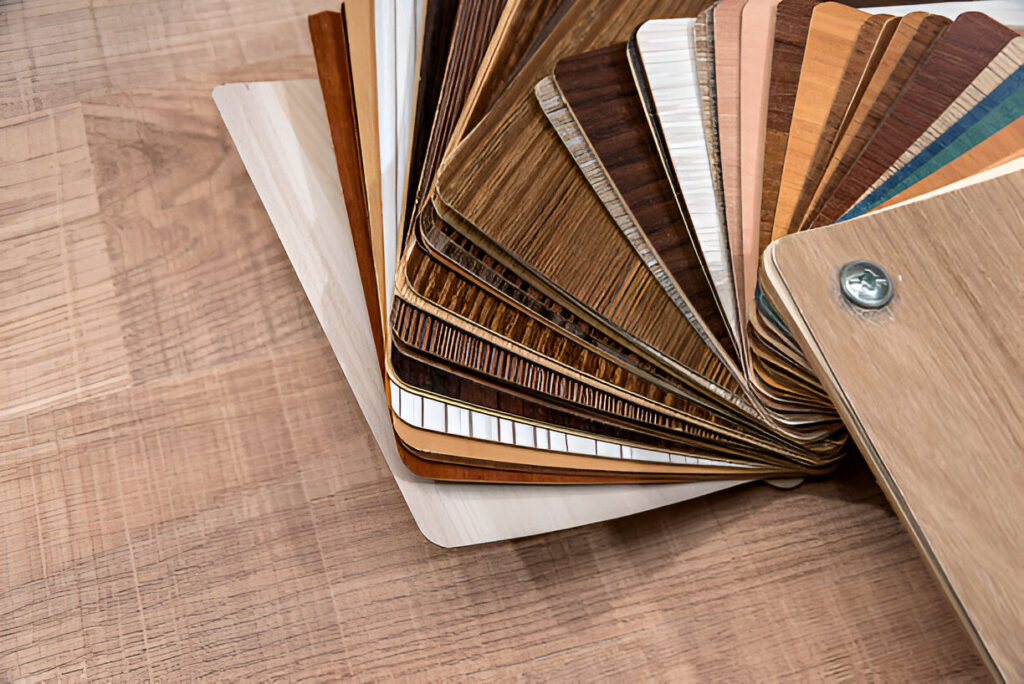Key Takeaways:
- Non-linear edge banding brings efficiency and precision to woodworking.
- This technique accommodates complex shapes, promoting innovative designs.
- It supports sustainability through efficient material usage and reduced waste.
- Modern machines allow for seamless integration with other woodworking tools.
Table of Contents:
1. Introduction
2. What is Non-Linear Edge Banding?
3. How Non-Linear Edge Banding Works
4. Benefits of Non-Linear Edge Banding in Woodworking 5. The Impact on Design and Aesthetics
6. Integration with Modern Woodworking Techniques
7. Sustainability Through Non-Linear Edge Banding
8. Conclusion
Introduction
In the ever-evolving world of woodworking, innovation is key to staying ahead. One such innovation, non-linear edge banding, revolutionizes how artisans and manufacturers approach the finishing process. This technique allows for unprecedented design flexibility and efficiency, enabling the creation of intricate furniture and cabinetry easily. Whether you’re a seasoned craftsman or an industry newcomer, understanding how non-linear edge banding enhances modern woodworking will help you push the boundaries of creativity and craftsmanship.
What is Non-Linear Edge Banding?
Non-linear edge banding refers to applying a thin strip of material to the edges of furniture components that feature complex curves and shapes. Unlike traditional edge banding, which primarily focuses on straight lines, non-linear edge banding accommodates more intricate, curved edges. This is achieved using a specialized non-linear edge bander.
This advanced machinery carefully applies the banding material, ensuring a seamless transition between surfaces. By wrapping around intricate contours, non-linear edge banding enhances the finished product’s visual appeal and structural integrity.
How Non-Linear Edge Banding Works
The process of non-linear edge banding begins with precise planning and measurement. Woodworkers must accurately assess the dimensions and curves of each piece to ensure a perfect fit. Once the measurements are in place, the non-linear edge bander uses sophisticated sensors and control systems to closely follow the material’s curves.
During the application, the banding material is heated and pressed onto the edges, allowing it to adhere seamlessly. The process is meticulously controlled to maintain consistent pressure and temperature, ensuring a robust and long-lasting bond. Advanced machines adjust in real time to accommodate any variations in thickness or curvature, providing a flawless finish.
Benefits of Non-Linear Edge Banding in Woodworking
Non-linear edge banding offers numerous benefits that enhance the woodworking process. Firstly, it increases production efficiency by reducing the need for manual labor in applying edge banding to complex shapes. The automated process ensures consistent quality across multiple pieces, saving time and money.
Moreover, non-linear edge banding enhances the durability of the finished product. The seamless application guards against wear and tear, protecting against moisture and damage over time. This durability translates into longer-lasting furniture and cabinetry, benefiting manufacturers and consumers.
The Impact on Design and Aesthetics
One of the most significant advantages of non-linear edge banding is its impact on design and aesthetics. Traditional woodworking techniques often limited artisans to simpler shapes and designs. However, with non-linear edge banding, intricate curves and elaborate patterns are more accessible, opening a world of creative possibilities.
This flexibility allows designers to experiment with bold, unconventional styles while maintaining structural soundness. The precise adherence of banding material ensures that even the most challenging shapes maintain their integrity and appeal. This capability has led to creating visually stunning and unique pieces that stand out in any setting.
Integration with Modern Woodworking Techniques
Modern woodworking often blends traditional craftsmanship and innovative technology. Non-linear edge banding integrates seamlessly with contemporary techniques, such as CNC machining and laser cutting. This compatibility allows for a streamlined workflow where complex pieces can be crafted with utmost precision.
By combining non-linear edge banding with these modern techniques, artisans can produce high-quality, intricate workpieces with accuracy and speed. This synergy enhances productivity and raises the bar for what is achievable in woodworking design and construction.
Sustainability Through Non-Linear Edge Banding
Sustainability is a growing concern in the woodworking industry, and non-linear edge banding contributes positively to this objective. This technique significantly reduces waste by enabling efficient use of materials. Precision in application ensures that only the needed amount of banding is used, minimizing excess and promoting better resource use.
Additionally, the durability offered by non-linear edge banding extends the lifespan of furniture and cabinetry, reducing the need for frequent replacements. This longevity contributes to a more sustainable industry by decreasing resource consumption.
Conclusion
Non-linear edge banding is a transformative technique in modern woodworking, enhancing the design flexibility and functional durability of products. Accommodating complex shapes and providing a seamless finish allows artisans to push creative boundaries and efficiently produce high-quality workpieces. With the integration of modern technologies and a focus on sustainability, non-linear edge banding is set to remain a pivotal component in the future of woodworking.

